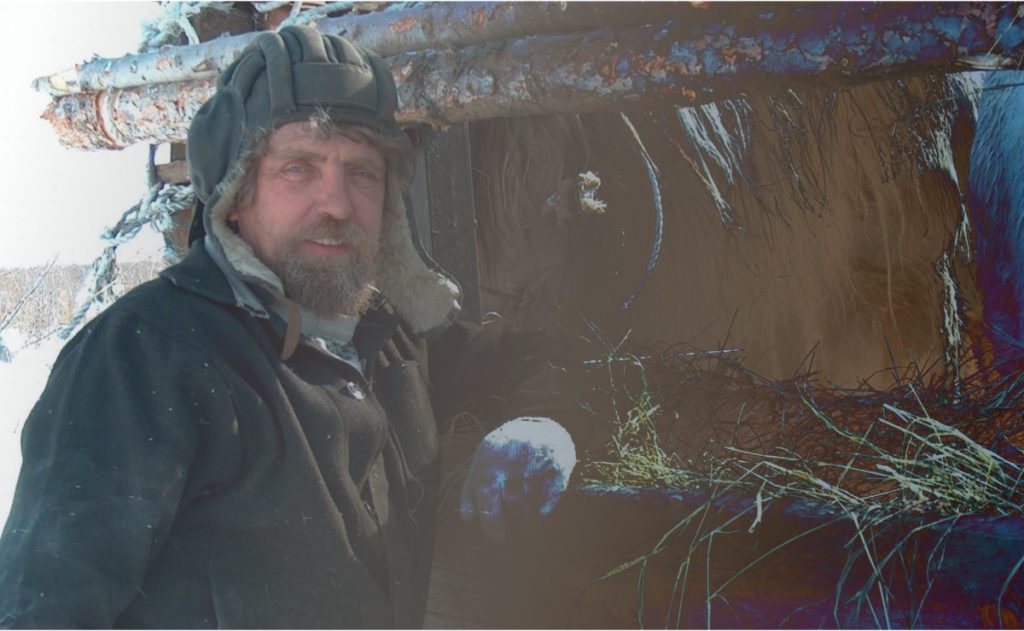During the last ice age, the world’s most extensive ecosystem stretched from France across the Bering Strait to Canada and from the arctic islands to northern China. It was at the very end of a more than million-year epoch, the Pleistocene, during which colossal ice sheets repeatedly advanced and retreated, plowing up much of northern Europe and America. At the same time, from a geological perspective, northeastern Siberia remained relatively unscathed. There, vast dust-covered plains and valleys dominated the landscape. Mammoths, woolly rhinoceroses, bison, horses, reindeer, musk oxen, elk, moose, saiga, and yaks grazed on grasslands under the predatory gaze of cave lions and wolves.
The ground, as in Siberia today, froze, contracted, and cracked each winter. In spring, water penetrated and froze in deep, narrow cracks, creating networks of ice wedges. Over time, because of the slow accumulation of dust, river silt, and ice, the northern lowlands of Siberia became covered with a thick sedimentary mantle of frozen loess. These frozen sediments are filled with rootlets of grasses, microbes, and animal bones, all of which have enabled scientists to chronicle the rise and fall of the region’s Pleistocene ecosystem.
To Read More, Click Here



